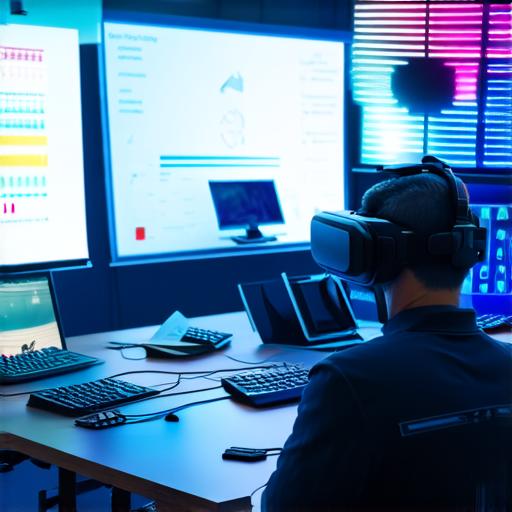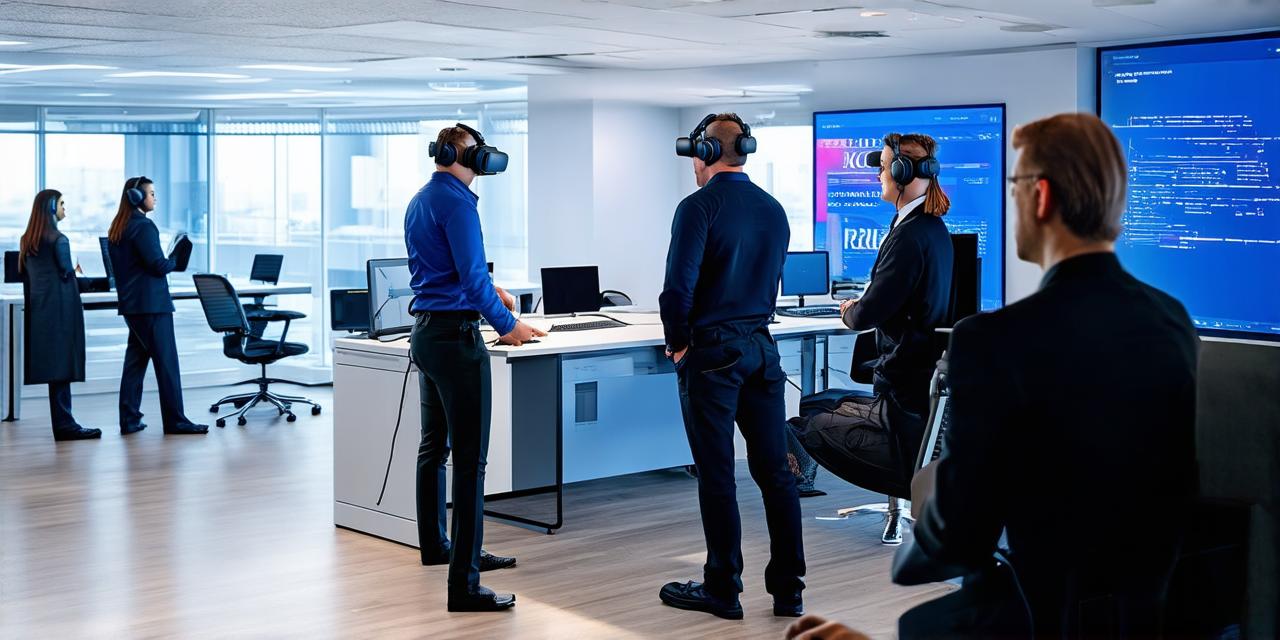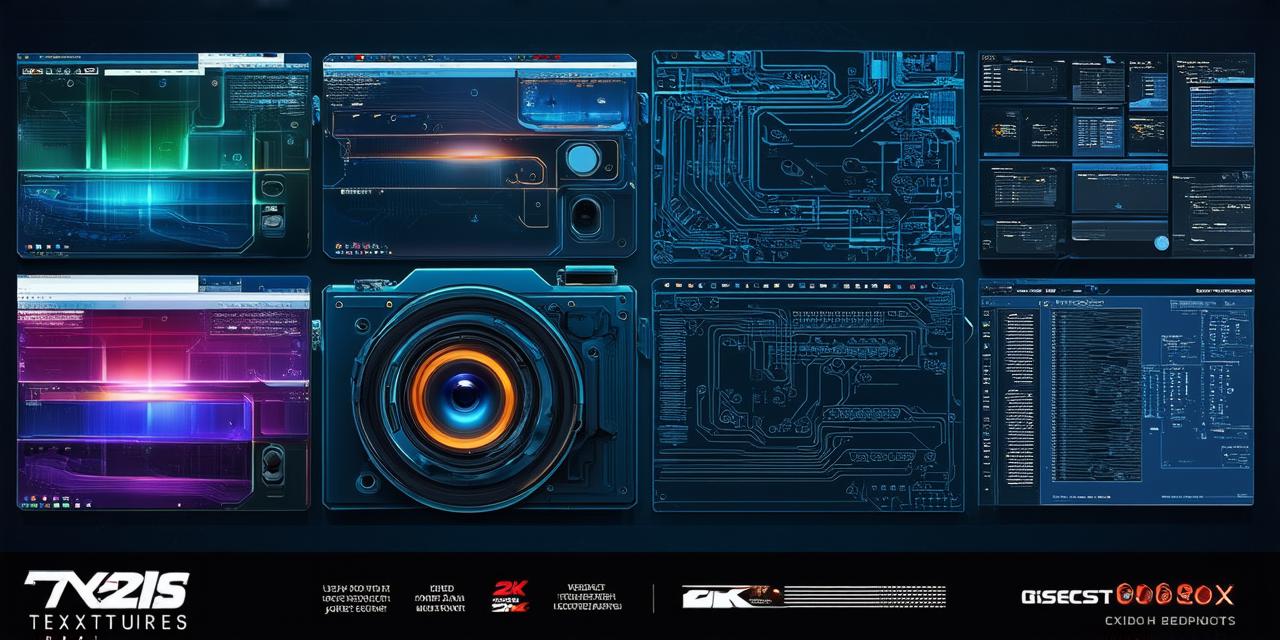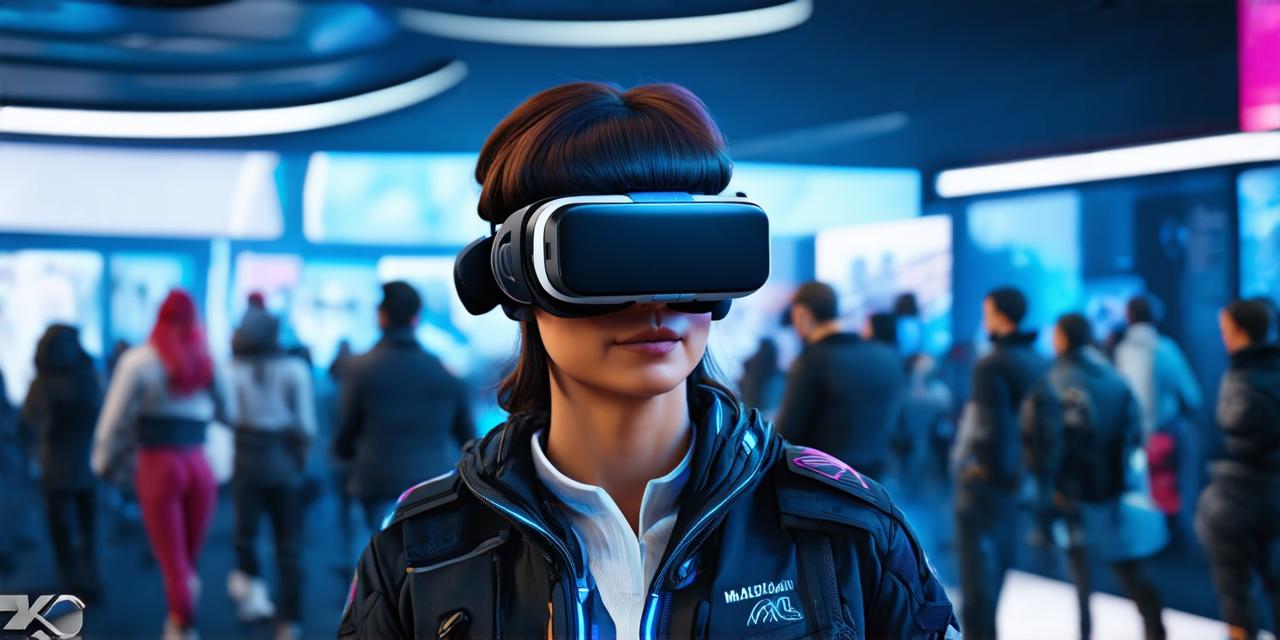As technology continues to evolve, augmented reality (AR) and virtual reality (VR) have become increasingly popular in various industries. These immersive technologies offer a new way of interacting with data and virtual environments, providing employees with unique opportunities for training, collaboration, and productivity enhancement.
AR vs. VR: What’s the Difference?
Before diving into the potential applications of AR and VR in the workplace, it is important to understand their key differences. Augmented reality refers to a technology that overlays digital information onto the real world, enhancing the user’s perception of their surroundings. On the other hand, virtual reality involves creating a completely artificial environment that immerses the user in a simulated experience.
Implementing AR and VR in the Workplace: Benefits and Challenges
Benefits
Training and Education
AR and VR offer an efficient and cost-effective way to provide employees with immersive training experiences. For example, AR can be used to train workers on complex machinery or procedures, while VR can simulate real-world scenarios to prepare them for high-risk jobs. By providing a safe and controlled environment for learning, AR and VR reduce the risk of injury and improve knowledge retention.
Collaboration and Communication
AR and VR can also enhance collaboration and communication between team members, even if they are located in different parts of the world. For example, VR allows remote teams to virtually meet in a shared virtual space, while AR can enable real-time visual collaboration on projects. By providing a more immersive and interactive experience, AR and VR can facilitate better decision-making and problem-solving.
Productivity Enhancement
AR and VR can also improve productivity by reducing the time and cost required to complete certain tasks. For example, AR can be used to streamline assembly line processes, while VR can enable workers to visualize complex designs and make adjustments in real-time. By increasing efficiency and accuracy, AR and VR can help companies save money and increase output.
Challenges
Cost
One of the main challenges of implementing AR and VR in the workplace is cost. These technologies require specialized hardware and software, which can be expensive to purchase and maintain. In addition, training employees to use AR and VR may also require additional resources and time.
Compatibility and Integration
Another challenge of implementing AR and VR in the workplace is compatibility and integration with existing systems. Companies must ensure that their AR and VR technologies are compatible with their existing software and hardware, and that they can be easily integrated into their workflows.

Privacy and Security
Privacy and security concerns are also important to consider when implementing AR and VR in the workplace. Companies must ensure that their employees’ personal data is protected and that their AR and VR systems are secure from cyber threats.
Conclusion: The Future of AR and VR in the Workplace
Despite the challenges, the potential benefits of implementing AR and VR in the workplace are significant. As these technologies continue to evolve, they will likely become even more integrated into our daily lives, transforming the way we work and interact with data. By embracing AR and VR, companies can improve efficiency, creativity, and safety, while also reducing costs and increasing productivity.



